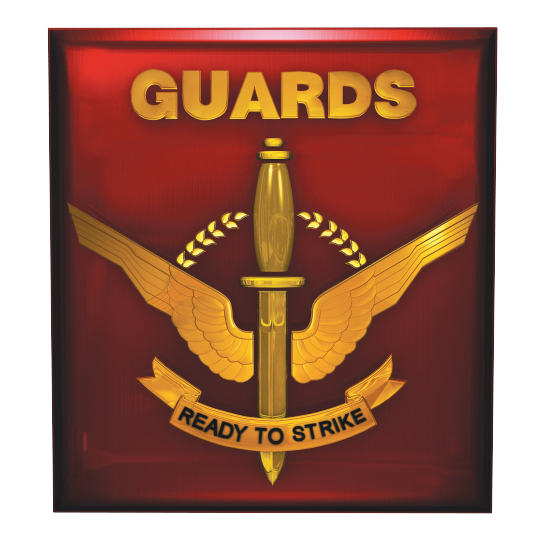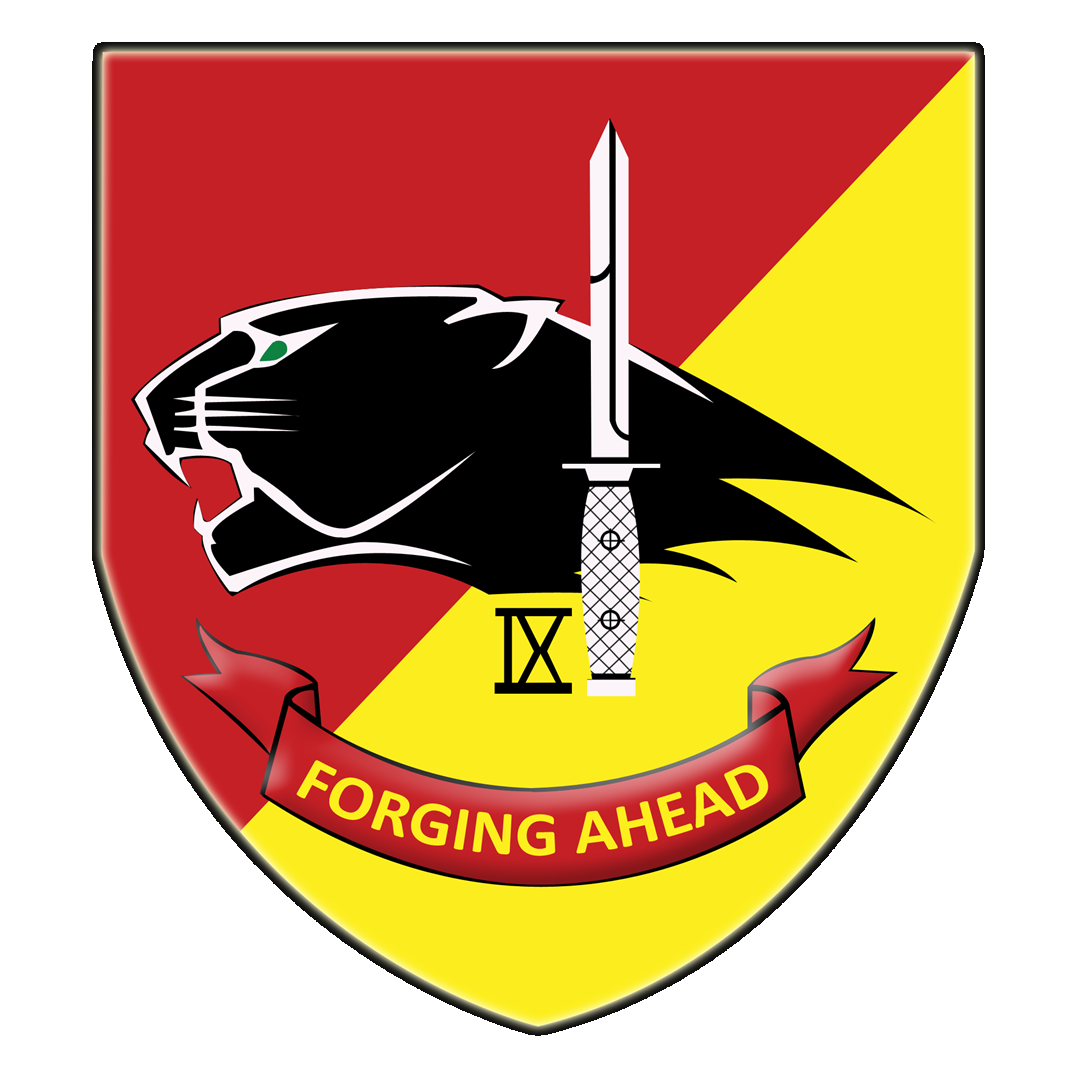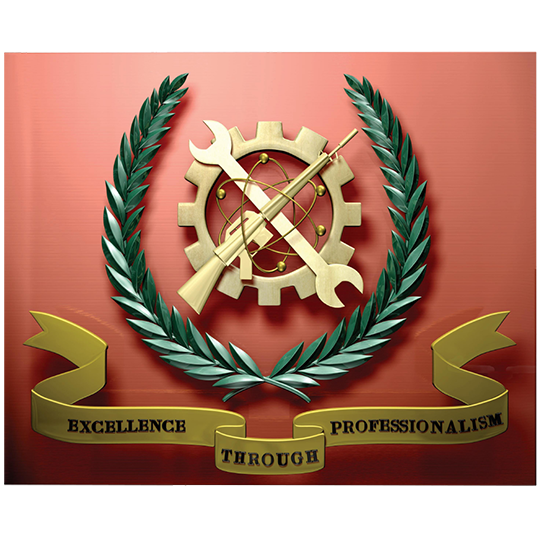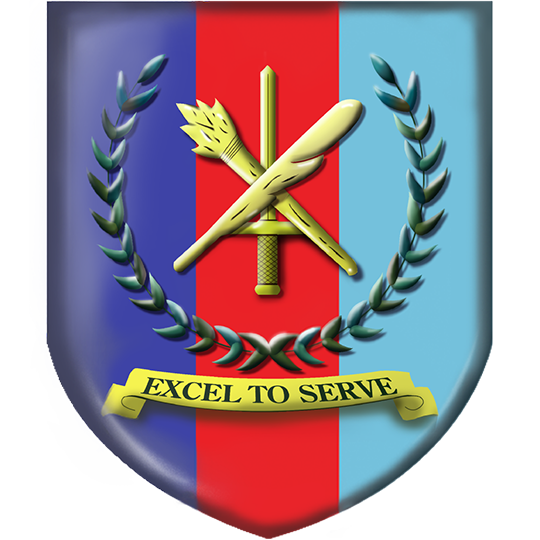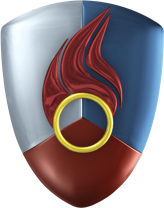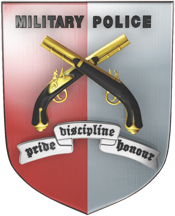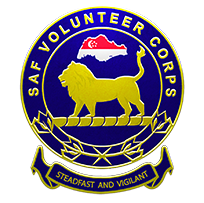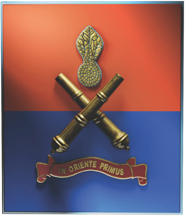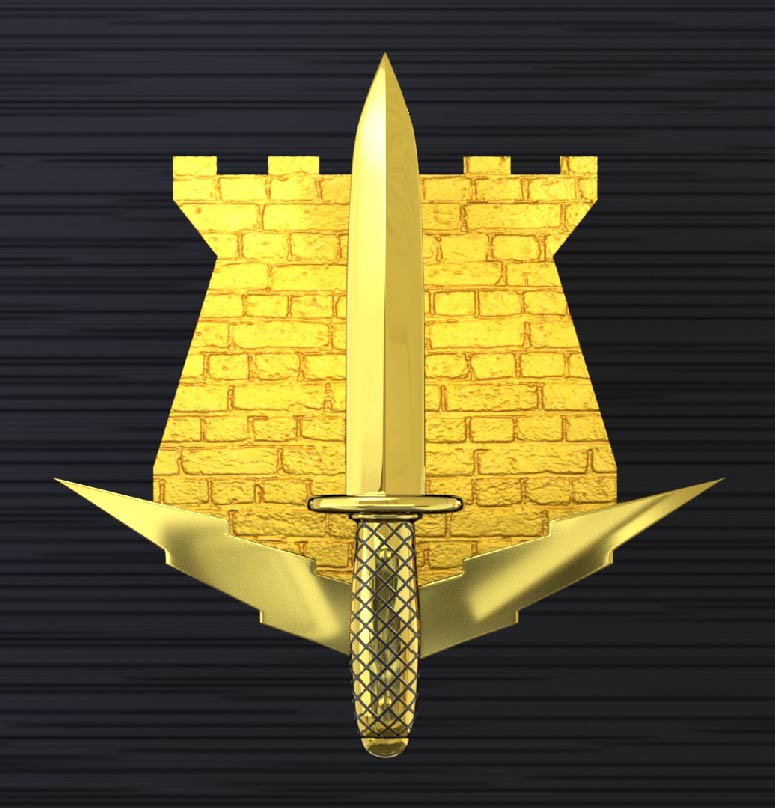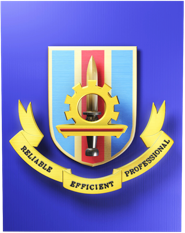 Web Content Viewer
Web Content Viewer
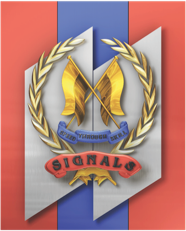
Signals is the Voice of the Battlefield and is integral to network our Army to allow our Commanders to exert Command and Control of our forces to achieve mission success. From our humble beginnings of the 1st SAF Signal Corps and the Communications & Electronics Department in 1966, the formation has pushed the boundaries of technological development to connect our Army.
Leveraging the concept of Integrated Knowledged-based Command & Control (IKC2), Signals has made rapid progress as part of the 3rd Generation Army Transformation to transform warfighting in a full spectrum of operations. To do this, Signals has been at the forefront of state-of-the-art technology and has developed, delivered and operated sophisticated and secured communications capabilities.
Our modern fleet of Command, Control, Communication and Computer (C4) systems that include Command and Control Information Systems (that allows synchronised planning and execution of missions) through a range of communications such as Satellite Communications, High-Bandwidth Truck Communication Systems and highly secured Military Radio equipment. These systems allow our Commanders in the various Headquarters to connect with our forces to provide vital intelligence and coordinate actions for effective operations in a secure cyber environment.
Operating these systems is a closely-knitted tribe of Signals professionals and our belief is that people are key to our mission. Moving forward, Signals will continue to leverage the strength of our people and embrace the advancement of technologies through innovation, to deliver the next generation of C4 capabilities for our Army.
Signallers operate complex C4 systems and networks that ensure the close coordination and integration of our fighting forces. They handle sophisticated hardware for the reception and transmission of vital information between the command centre and the field. The equipment under their charge range from personal platoon communications sets to mobile electronics detachments. Signallers are the information and network experts of our digitised Army.
Known as “The Communications Backbone of our Army”, Signals is always innovating, improving the efficiency and reliability of the Army. The history of Signals began with the establishment of SAFTI Signal Wing in 28 March 1967. The wing was tasked to teach signal communications and voice procedures to the trainees in SAFTI. Many years later, in 1989, Signals found their permanent home at Stagmont Camp. The rich history of Stagmont Camp may be little known to younger generations of Signallers. In her early years, Stagmont camp was known as Kranji Wireless Station and had been used by the British forces as high frequency (HF) transmitting station. After Singapore gained independence, SAF took over the station, locating the 2nd Signal Battalion, School of Signal, the Reserve Signal Training Centre and HQ Signals (now known as HQ Signals and Command Systems) there.
Over the years, Signals contributed to the SAF transformation by spearheading and influencing the way the SAF fight. This is done by developing war-fighting concepts such as the Integrated Knowledge-based Command and Control (IKC2) concept in 2004, hence introducing a new way of perceiving command and control. In 2010, the Command, Control, Communications, Computers and Intelligence, Surveillance and Reconnaissance (C4I) Battalions were formed to couple the content of and access to provide superior C4ISR capabilities and enable precise information, hence highlighting the importance of information in today’s war-fighting. Moving along with the digital age, Signals has also innovatively infused technology into the training methodology and digitised the way our soldiers learn. These were manifested through LEARNet implementation across the SAF.
On the operation front, the Formation has contributed actively in SAF operations and deployments. In the early 1990s, Signals was activated for deployment to cities of Baguio and Cabanatuan in Luzon, Philippines and Kuwait. On 16 July 1990, Philippines experienced an earthquake of 7.7 magnitude on the Richter scale and left a trail of widespread destruction, leaving approximately five thousand five hundred casualties. Signals were there to support the Singapore Medical Relief Team. They also volunteered to distribute medicine to the affected villages in Baguio and Cabanatuan. On 20 January 1991, Signals was also deployed to Kuwait to provide communications support for the humanitarian mission in support of the United Nations (UN) for approximately two months.
Moving forward, our modern fleet of Command, Control, Communication and Computer (C4) systems that include Command and Control Information Systems (that allows synchronised planning and execution of missions) through a range of communications such as Satellite Communications, High-Bandwidth Trunk Communication Systems and highly secured Military Radio equipment. These systems allow our Commanders in the various Headquarters to connect with our forces to provide vital intelligence and coordinate action for effective operations in a secured cyber environment.
Signals will continue to leverage the strength of our people and embrace the advancement of technologies through innovation, to deliver the next generation of C4 capabilities for our Army.
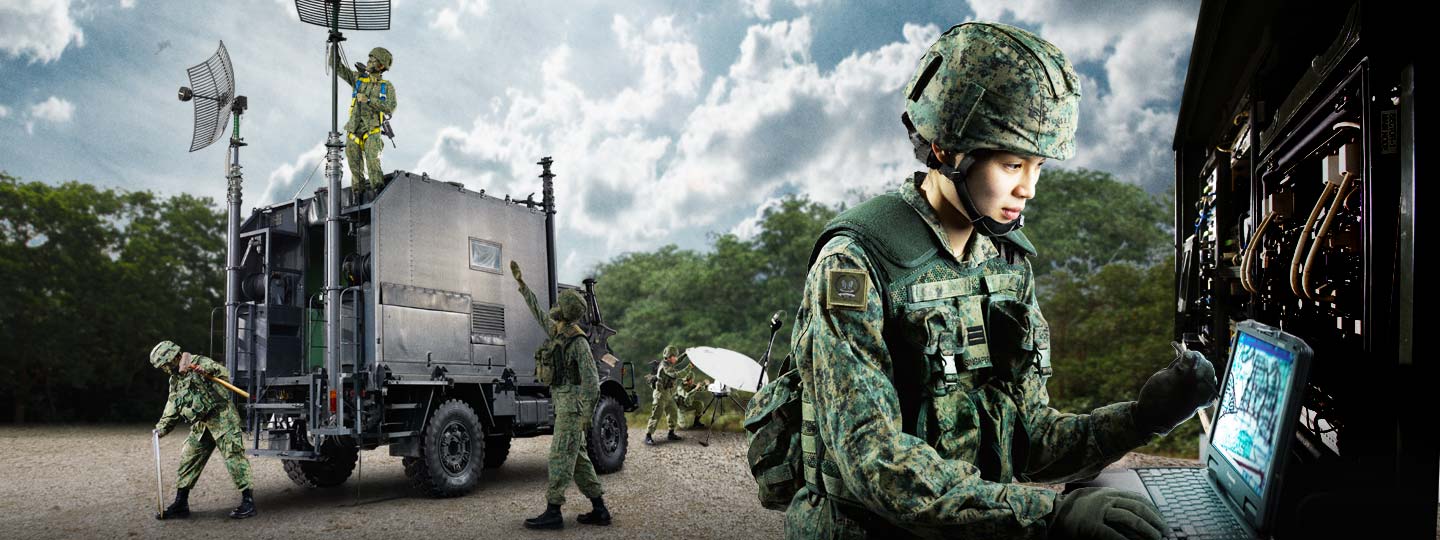


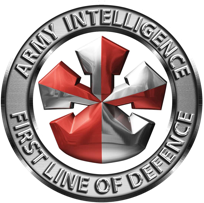
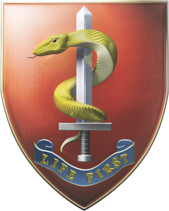
.png?sfvrsn=5f842510_1)
